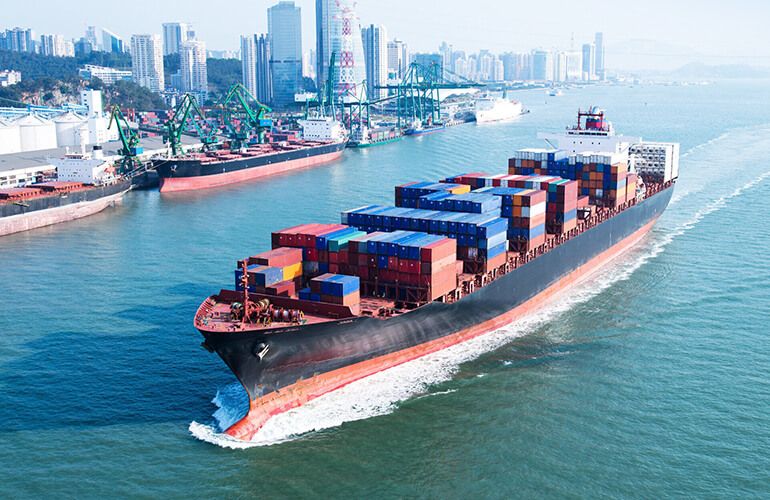Ocean Freight

Ocean freight, also known as sea freight, is the transportation of goods and cargo by sea, typically in containers or on cargo ships. It is one of the most widely used methods for international shipping due to its cost-effectiveness for large volumes of goods. Here are key aspects of ocean freight:
- Cost-Effective: Ocean freight is often more cost-effective than other modes of transport, particularly for bulky or heavy cargo and long-distance international shipments.
- Containerized Shipping: Most ocean freight is containerized, meaning goods are loaded into standard containers that are easily transferable between ships, trucks, and trains. Standard container sizes include 20-foot and 40-foot containers.
- Cargo Types: Ocean freight is suitable for a wide range of cargo, from consumer goods and electronics to machinery, raw materials, and bulk commodities.
- Global Connectivity: Shipping routes connect virtually every corner of the world, making ocean freight an integral part of global trade and supply chains.
- Regular Schedules: Shipping routes are generally on regular schedules, which helps in planning and logistics management.
- Types of Vessels: Various types of cargo vessels are available, including container ships, bulk carriers, oil tankers, and specialized vessels for carrying specific types of cargo, such as refrigerated cargo (reefers).
- Transit Times: Transit times vary based on the destination and shipping route. Shorter routes can take a few days, while longer routes may take several weeks.
- Customs and Documentation: International shipping involves customs procedures, import/export documentation, and compliance with various regulations and tariffs.
- Intermodal Transport: Many shipments involve a combination of sea and other transportation modes (e.g., road and rail) to reach their final destinations.
- Environmental Impact: The shipping industry is working on environmental sustainability and fuel efficiency to reduce its carbon footprint.
- Hazmat Handling: Shipping hazardous materials (hazmat) via ocean freight is subject to strict regulations and safety protocols.
- Freight Forwarders: Many businesses use the services of freight forwarders to coordinate and manage their ocean freight shipments, including booking cargo space, documentation, and customs clearance.
- Supply Chain Integration: Ocean freight is a vital part of the supply chain, allowing goods to be transported from manufacturers to distribution centers and retail locations around the world.
- Tracking and Visibility: Many shipping companies and freight forwarders provide tracking and visibility services, allowing shippers to monitor their cargo’s location and status in real-time.
- Challenges: Ocean freight faces challenges such as weather-related delays, piracy in certain regions, and congestion at major ports.
Ocean freight plays a central role in international trade, connecting countries and facilitating the movement of goods on a global scale. It is especially valuable for businesses involved in importing and exporting products, and it offers cost-efficient transportation for large quantities of goods over long distances.

